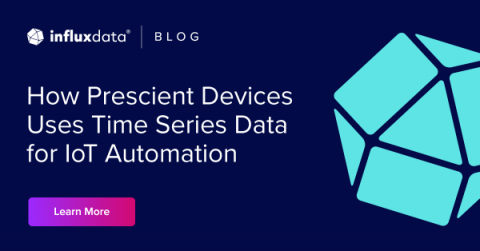Querying Parquet with Millisecond Latency
We believe that querying data in Apache Parquet files directly can achieve similar or better storage efficiency and query performance than most specialized file formats. While it requires significant engineering effort, the benefits of Parquet’s open format and broad ecosystem support make it the obvious choice for a wide class of data systems.











